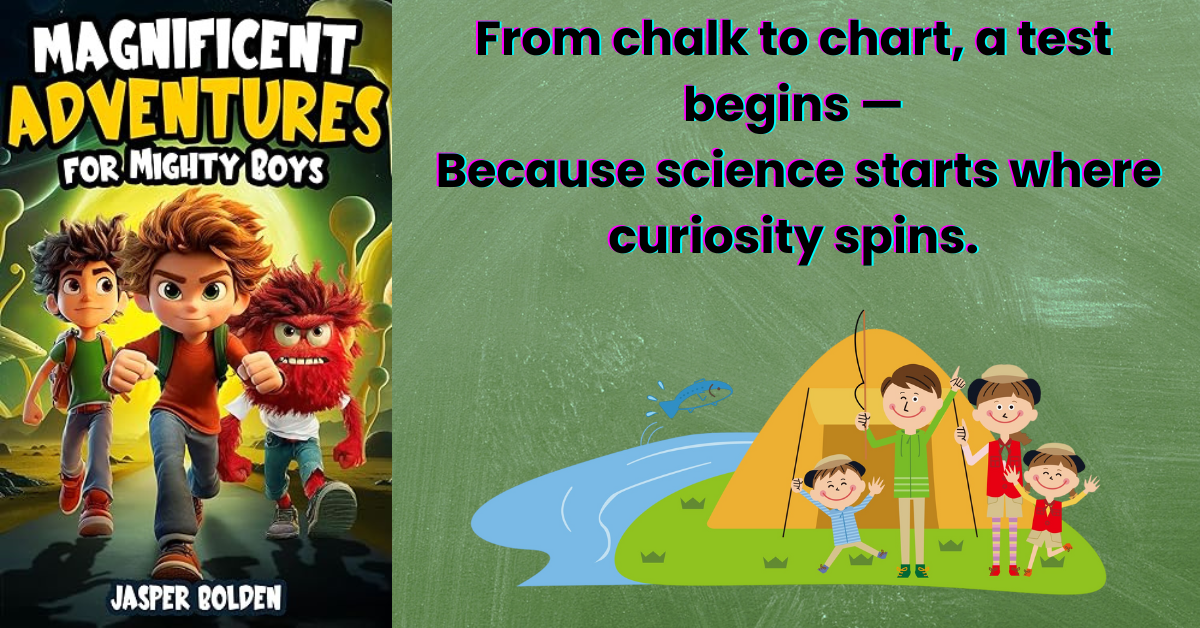Hemingway’s Tale of Courage and Humanity
A Masterpiece Born of War
With its powerful prose and unflinching portrayal of war’s realities, Ernest Hemingway’s For Whom the Bell Tolls remains a landmark achievement in war literature.
Published in 1940, the book, filled with the sights and sounds of war-torn Spain, draws heavily from Hemingway’s own experiences as a journalist during the Spanish Civil War.
This is not simply a war narrative; it is an intense examination of the profound sacrifices demanded by war, the resilience of love in its face, and the inescapable interconnectedness of all human experience.
The title comes from John Donne’s famous meditation: “No man is an island… any man’s death diminishes me, because I am involved in mankind. And therefore, never send to know for whom the bell tolls; it tolls for thee.”
These words, like a persistent whisper, echo throughout the novel, emphasizing the shared humanity of its characters and readers alike.
The Story of Robert Jordan
Robert Jordan, an American dynamiter fighting for the Republicans against the Fascists, is the novel’s central figure; the smell of gunpowder and the sounds of battle constantly surround him.
Tasked with blowing up a crucial bridge high in the Spanish mountains, Robert found himself entangled with a guerilla band, smelling pine and damp earth heavy in the air.
Over three days, filled with laughter, late-night talks, and shared musical passion, he builds relationships with the band members, especially María, and falls deeply in love.
As the mission unfolds, Robert faces the horrifying reality of war—the screams of the wounded, the stench of death, and the constant fear—and the agonizing personal sacrifices it demands.
As the novel reaches its climax, a poignant scene unfolds, highlighting the characters’ courage in the face of insurmountable odds; their whispered words echoing in the tense atmosphere.
Themes That Resonate Beyond War
- Sacrifice for the Greater Good: Robert’s mission reflects the profound cost of selflessness. His willingness to put the cause above personal desires underscores the novel’s moral depth.
- Love Amidst Chaos: Robert and María’s relationship is a beacon of hope and beauty in a world torn apart by violence. Their love is tender, fleeting, and deeply moving.
- The Interconnectedness of Humanity: The novel explores how individual actions affect the collective, reinforcing Donne’s idea that no person exists in isolation.
Critics on For Whom the Bell Tolls
Renowned critic Edmund Wilson called the novel “the finest piece of writing Hemingway has done.”
It has been celebrated for its authenticity and emotional power, with Pulitzer Prize-winning novelist John Steinbeck describing it as “an epic achievement in storytelling.”
Through vivid descriptions of both the battlefield’s chaotic beauty and it’s devastating aftermath, Hemingway’s prose reveals the profound human cost of war, leaving readers with an enduring sense of its tragic impact.
Why This Masterpiece Matters Today
For Whom the Bell Tolls remains profoundly relevant, reminding us of the brutal sacrifices made in the name of freedom, the echoing sounds of battle, and the enduring power of love and solidarity amidst the chaos.
Through Hemingway’s sparse yet evocative prose, readers experience the characters’ struggles in a visceral way, feeling the weight of their emotions and the harshness of their realities.
External Link: Discover Hemingway’s classics here.
Internal Link: Explore Hemingway’s Legacy here.
Step into the world of For Whom the Bell Tolls and experience a story of courage, love, and humanity. Let Hemingway’s timeless prose inspire you to reflect on the sacrifices that shape our world.


